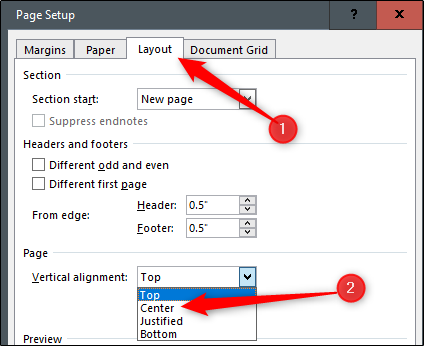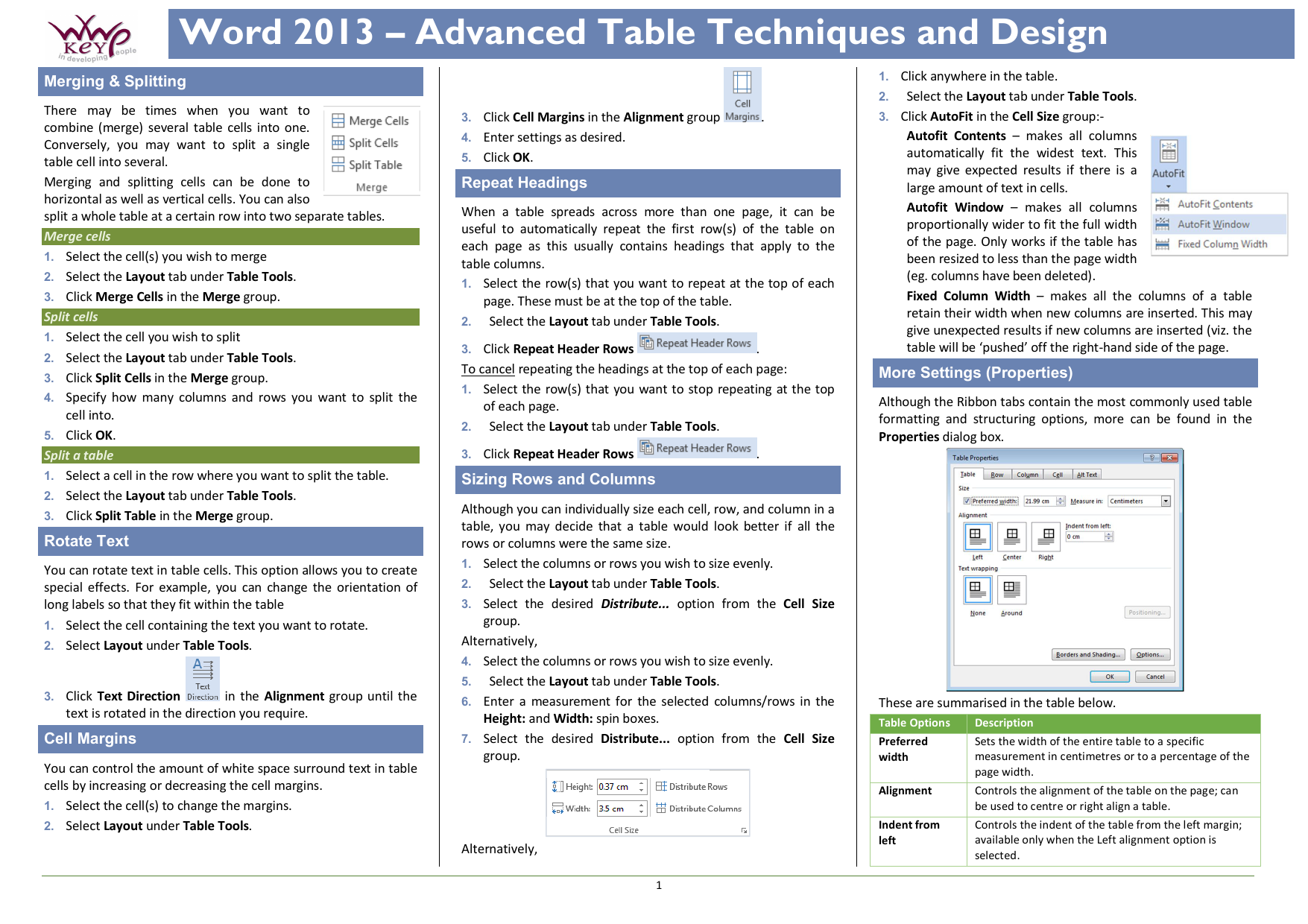

NOTE: Use this same method discussed above to type text vertically in Word using text boxes. To make the text more apparent, adjust the shape afterward. The size of the shape will automatically change to accommodate your text as you change the direction. If you are not satisfied with the 90° or 270° option, click on the Text Direction Options for settings. Values are either automatic (consumer defines), bottom, middle, or top.
• Now go to the Drawing Tools > Format tab, under the text group, select the Text Direction drop-down button and choose the direction you want. Vertical alignment of cell text is set with the style:vertical-alignment attributes to the
Highlighted text, chose Layout > Align and all options are grayed out. The processor must be able to support the fo:block-container element inside the fo:table-cell. Highlighted text, right clicked in the table and chose Table Properties > Cell > Vertical Options > Bottom.

This only works for printed output, and not all XSL-FO processors support such rotations. Rotating the column headings by 90 degrees can provide room for more columns. This can be useful when you have many narrow data columns that have long column headings. However, it is possible to rotate the contents of individual table cells by 90 degree increments using special DocBook processing instructions. In the sample given below, we will demonstrate.

The CALS rotate attribute on the entry element is not supported in the DocBook XSL stylesheets. When creating a word table, we may want to add some common elements such as text and pictures into it. Entries in column 2 will instead be centered, and entries in column 4 are to be aligned on the decimal character in the cell data. In this example, the tgroup element sets the default alignment for the table to left. Then you can set align="center" in one colspec to center all entries in that column. The align attribute can be set on any of the following elements, so it applies to the scope of that element: tgroupįor example, you could set align="left" in tgroup for the whole table (if you have one tgroup). If you set align="char" for a column, you need to specify a char="." attribute (or other character) as well to tell the processor on what character to line up the entries. Then a column of numbers with decimals will have the decimals lined up. You can set horizontal alignment of cell content by setting the align attribute to any of these values: leftĪ value of char means the content should line up according to a certain character in the cell data, typically a decimal character.


 0 kommentar(er)
0 kommentar(er)
